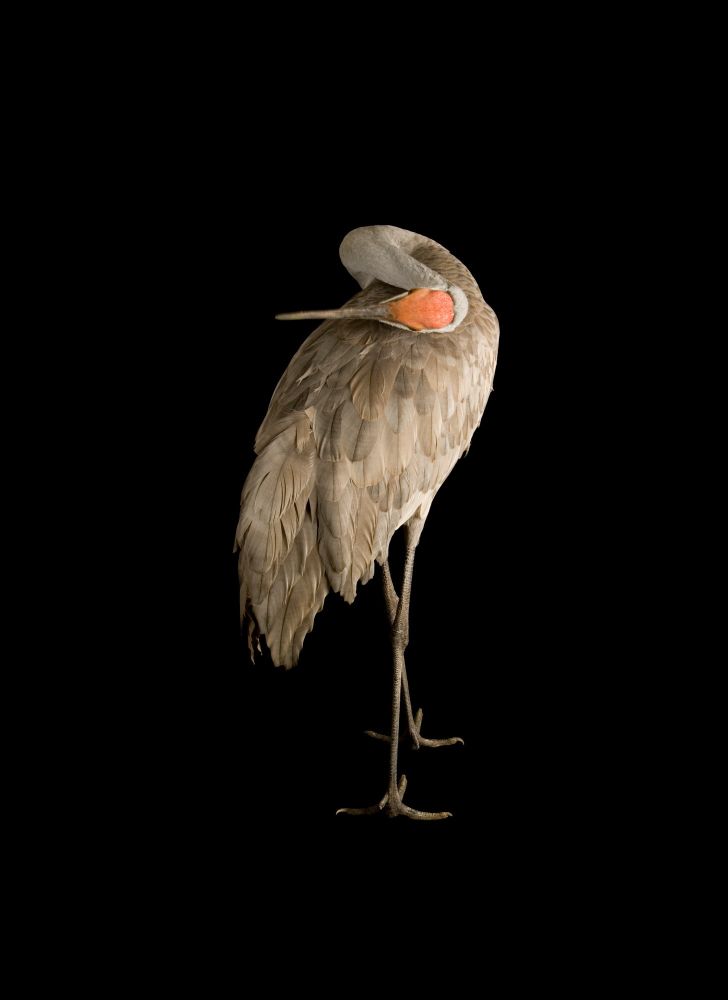


#paleobotany #sciart @juliuscsotonyi.bsky.social




#paleobotany #sciart @juliuscsotonyi.bsky.social



#paleoart #paleobotany #botany #sciart

#paleoart #paleobotany #botany #sciart





















#paleontology




#paleontology

#paleoart


#paleoart









